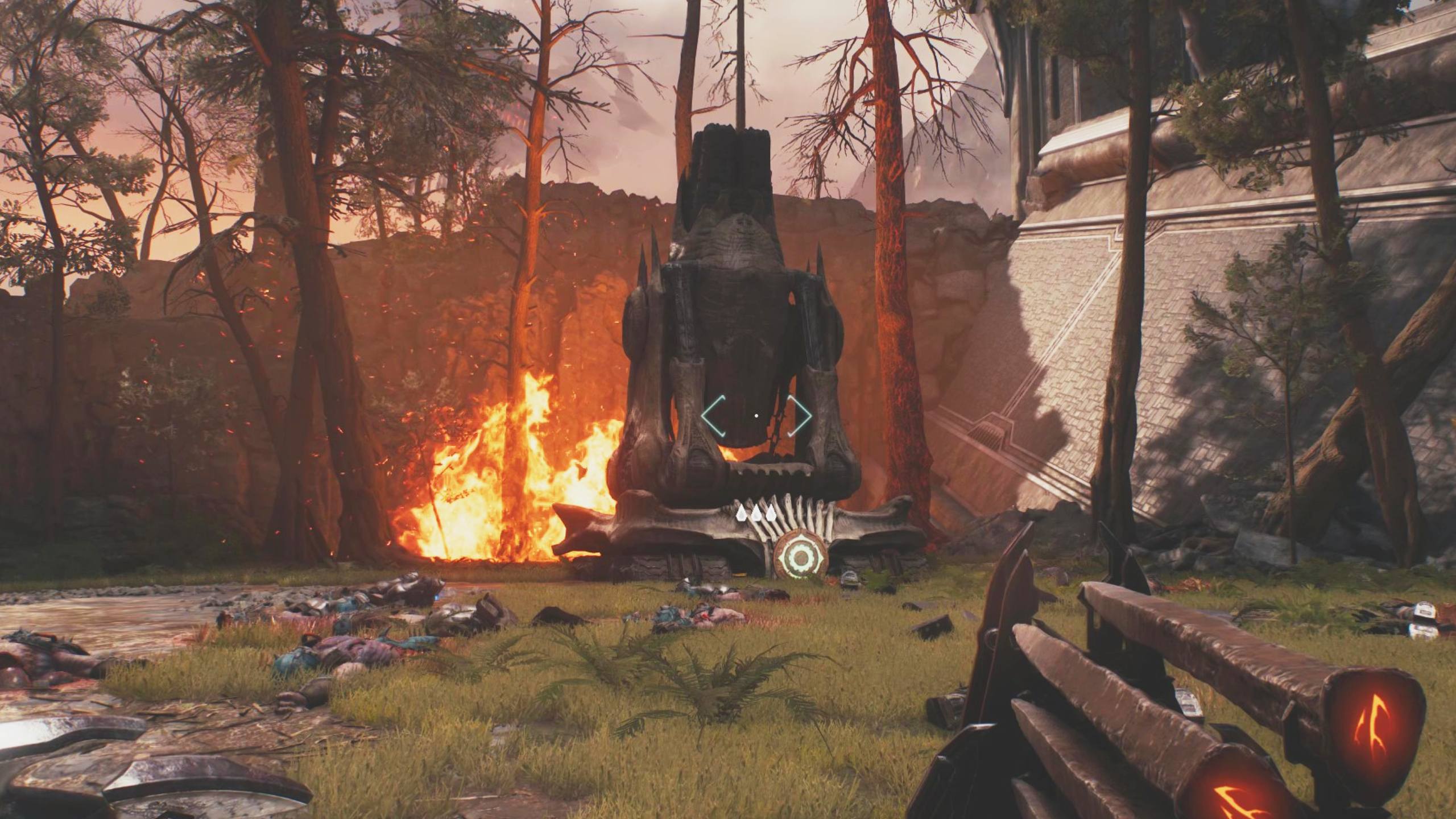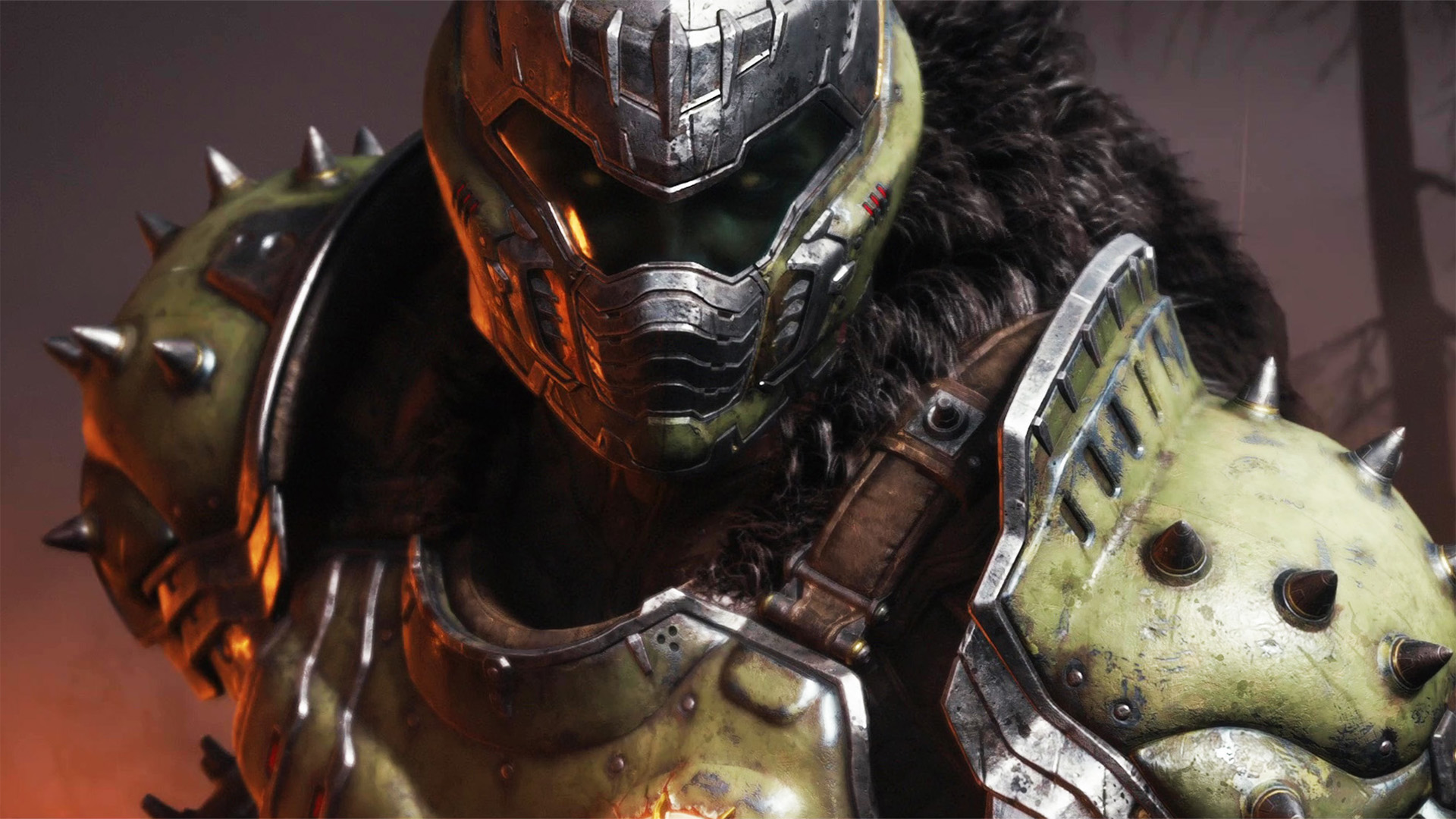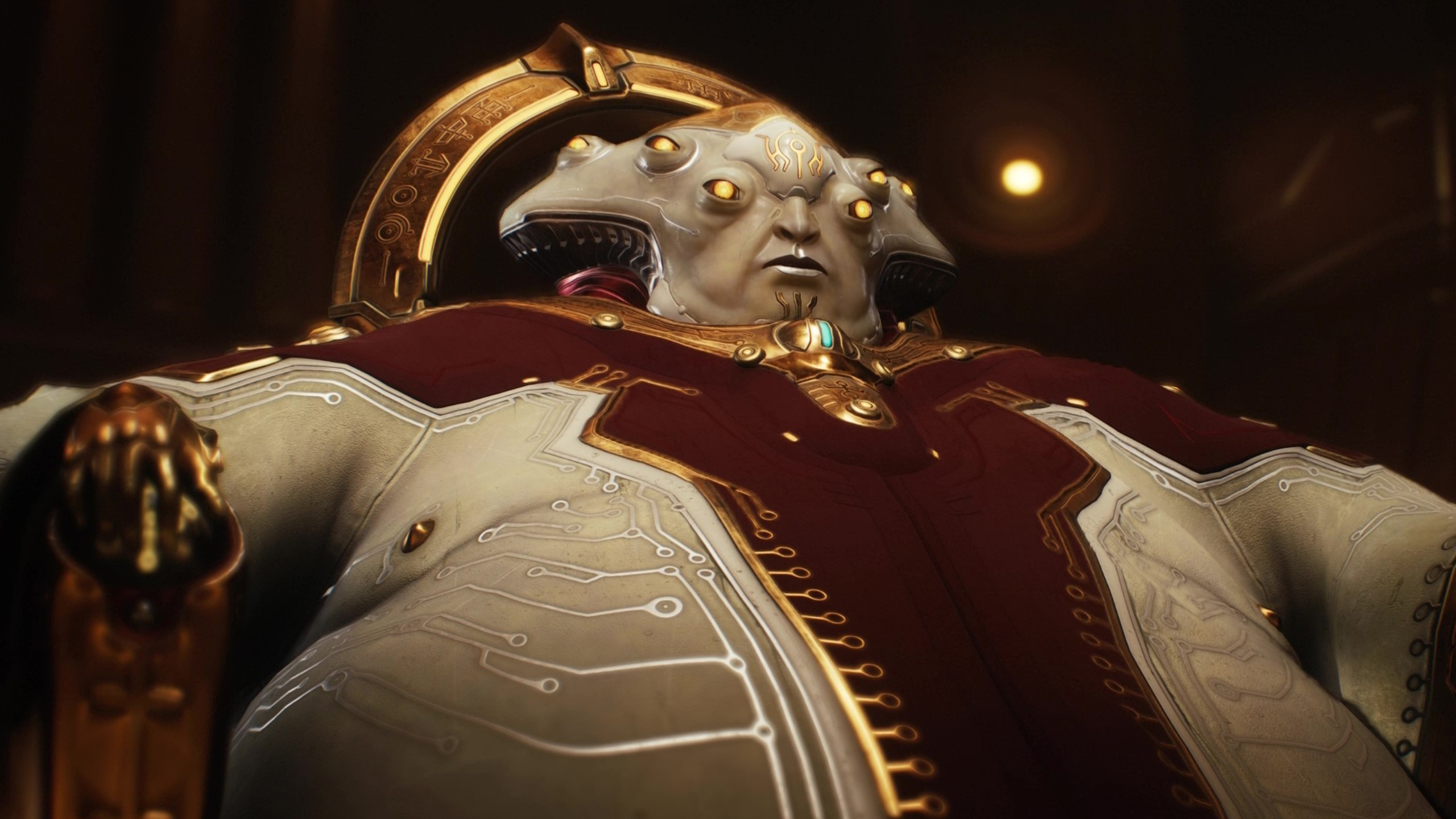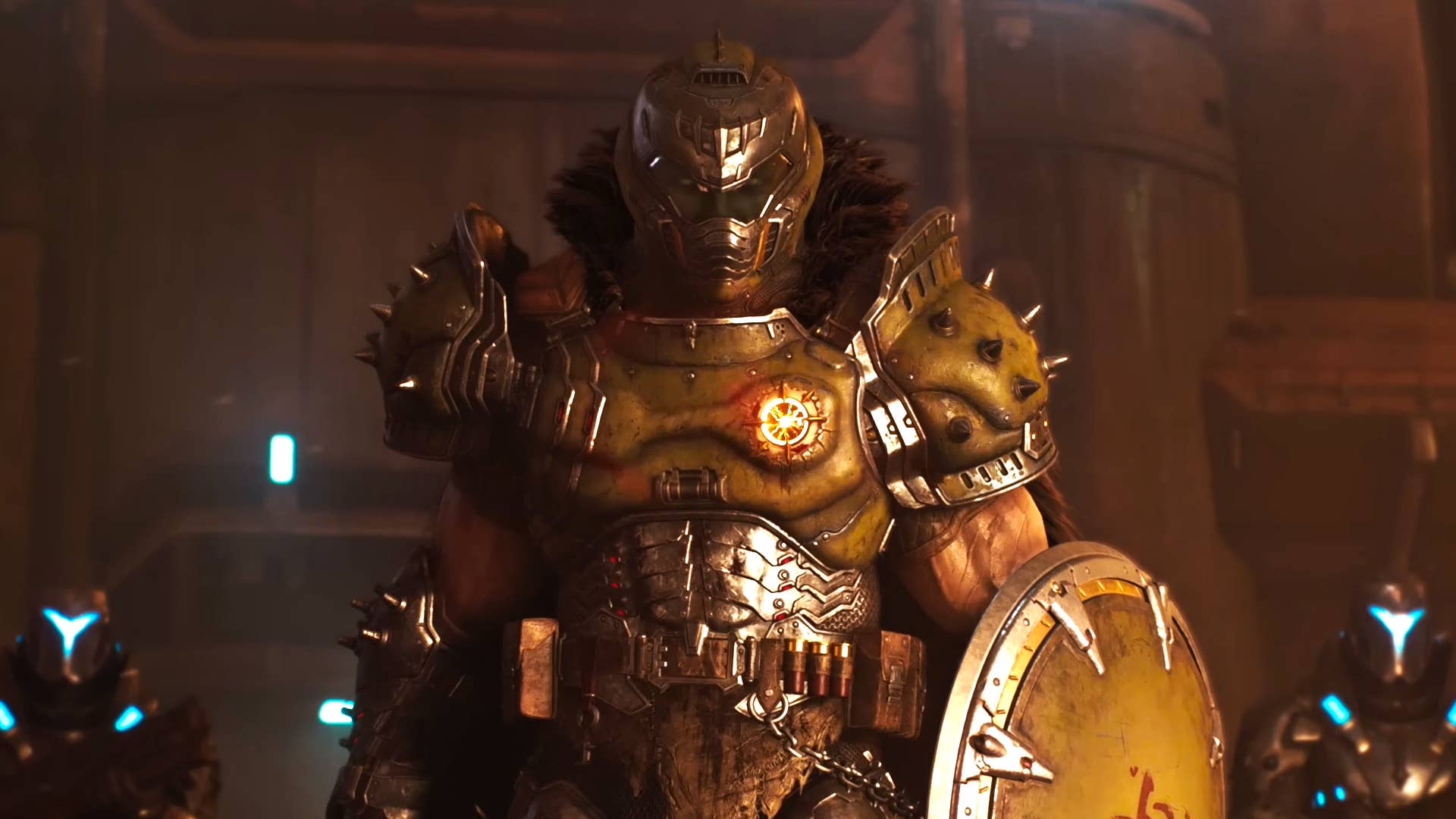
Dustborn appears to be many things. It’s a road tripping adventure across an alternate United States that involves maintaining relationships between the members of a rebel gang posing as a rock group, and staying off the radar of an oppressive police force called Justice. It’s a rhythm action game, requiring you to tap buttons in time with on screen prompts to sing along with the car radio or complete performances with your band. In some instances, it’s a Streets of Rage-inspired beat ‘em up that lets you take a baseball bat to hordes of robot soldiers. Yet all the while, Dustborn is also a comic book that your decisions are helping to shape on the fly.
In a novel twist, or perhaps a graphic novel twist, the completion of each chapter over the course of Dustborn’s roughly 15-hour adventure generates pages of a comic book that can be browsed on the tour bus that serves as Dustborn’s mobile HQ transporting you from one story section to the next. Each comic book panel reflects the decisions you made during dialogue sections and other gameplay sequences, as well as showing you how your decisions compared to that of other players – not unlike the summary screen at the end of an episode in a Telltale Games adventure. However, when you eventually roll the final credits on this cross-continental adventure, Dustborn will actually compile your individual story into a custom 35-page comic book which you’ll be able to share with your friends online or even print out to keep.
“That’s always been the vision for this game, to be a living comic book,” says Ragnar Tornquist, Founder & CEO of developer Red Thread Games. “And I think it’s a great way to share your experience. Of course, if you haven’t played the game and you read [another player’s] comic book, you’re going to spoil a lot of it, but your own journey will likely be different in many ways to somebody else’s.”
“The vision for this game [is] to be a living comic book,”
While I’m told that there are multiple endings to arrive at for each of Dustborn’s main characters, every player’s journey will at least begin the same way. The 30-minute hands-off demo of Dustborn I was shown at Tokyo Game Show opened at the very start of the game, with a team of four heroes speeding down a highway in order to escape from a heist gone wrong in Dustborn’s version of California, known as Pacifica. Main protagonist Pax appears to be nursing a bloody bullet wound in the front passenger seat, while the other three in the car won’t stop bickering about what to do next.
It’s a frantic and instantly gripping setup, and it also presents an opportunity to showcase Dustborn’s dynamic dialogue system. While the scene is confined to the cabin of a speeding car, the player is given full control to shift the camera perspective around to get different angles on the characters and identify new things to talk about. That is, if you can get a word in, and indeed when several attempts to interject by Pax are ignored by the rest of the group, Pax is able to use her superpower – an arsenal of special keywords, in this case the word “Block” – to basically stun her cohorts into silence like some kind of Jedi mind trick.
“Pax is what we call an Anomal,” explains Tornquist. “That means she has the ability to use language to manipulate people. It’s not magic, but it’s words that are basically strong enough to affect people physically, mentally and emotionally.”
Apparently Anomals are superpowered humans that evolved during an incident that occurred 30 years prior to the events of Dustborn. “There was basically an event we call the ‘disinformation apocalypse’, where all of the North American continent was affected,” says Tornquist. “If you imagine if social media went completely wild and affected everybody in America – which I mean, let’s be honest, it already has – that gave some people these powers to use language, to use disinformation to fuel these abilities.”
Pax’s word-based superpower isn’t just used to persuade characters during dialogue scenes, either. During a combat scene I was shown later in the demo, Pax was seen to be delivering simple combo attacks with a barbed baseball bat, as well as flinging it at enemies from a distance and recalling it with a tap of a button like Kratos’ Leviathan axe. In addition, she was also able to reach into her bag of keywords to shout at her assailants, using words like ‘Move’ and ‘Push’ to inflict physical damage on multiple targets at a time. It appears that Pax’s vocabulary of word powers is shared across dialogue sequences and in combat, with the aforementioned ‘Block’ shout also able to be deployed in combat presumably as some sort of shield.
Dustborn could well serve as a thought provoking allegory for the power and poisonous nature of contemporary social media.
While it wasn’t shown to me as part of the demo, Tornquist hinted at a unique mechanic in the game by which you use disinformation in order to craft new shouting abilities over the course of Dustborn’s roughly 15-hour journey. “We really wanted to make a game that’s all about the power of language, information, and specifically disinformation, and how that can be weaponised,” says Tornquist. “Both by the enemy, and by us. And of course the whole ethical thing of using language, especially with Pax being able to use these words on her friends as well. If you have this power, how ethical is it to use it?”
Indeed Dustborn could well serve as a thought provoking allegory for the power and poisonous nature of contemporary social media, but based on the short amount of gameplay that I’ve seen it seems like it could also just be a hugely entertaining ride. At one point I was able to witness Pax and her fellow fake band members flub their way through an impromptu musical performance in order to convince border control of their punk rock bonafides, and I’m told throughout the cross-country journey there are countless other diversions to experience, with mini-games for batting practice, songwriting, and even melting marshmallows over a campfire.
“[Dustborn] is a lot about just enjoying downtime, being on a road trip, and being with your found family,” explains Tornquist. “It’s a very different experience. There are so many games out there that are the same. They’re good, but it’s all the same thing. [Dustborn] is different, and that’s the important thing.”
Dustborn is set to launch on Xbox, PlayStation, and PC, sometime in early 2024.
Tristan Ogilvie is a Senior Video Editor at IGN AU. If his life story was turned into a comic book it would probably be a dog-eared copy of MAD Magazine.







